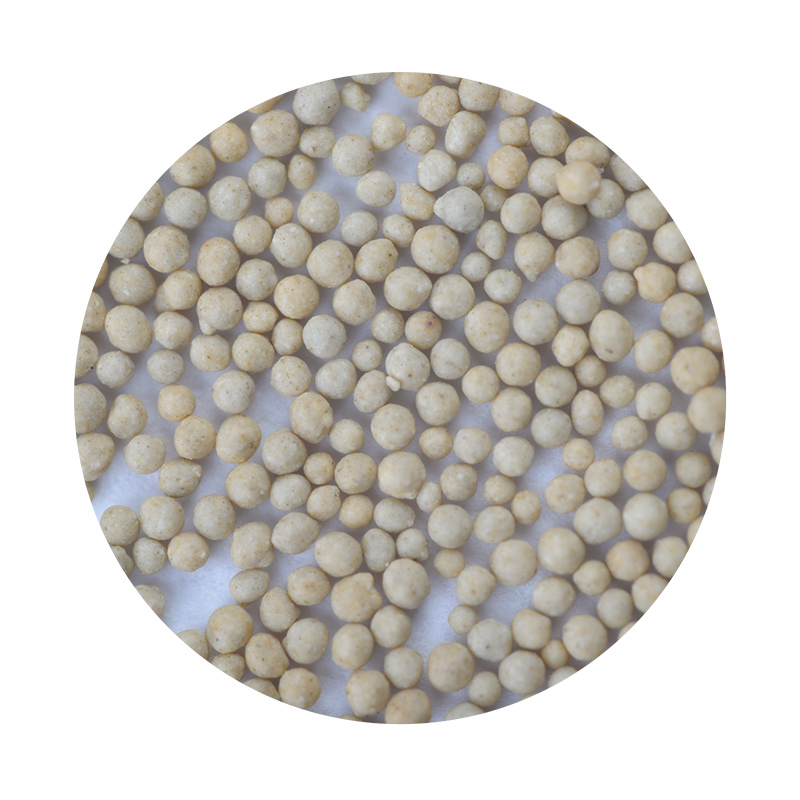Why Sand Casting is Used An Overview of Its Benefits and Applications
Sand casting, one of the oldest known metal casting processes, continues to be widely used in the manufacturing industry today. It involves creating a mold out of sand and using it to shape molten metal into various components and structures. This method has gained popularity for various reasons, making it a preferred choice for many applications. In this article, we will explore the advantages of sand casting and the reasons behind its sustained use in modern manufacturing.
One of the primary benefits of sand casting is its versatility. The process can be used to create a wide range of tools and components, from small intricate parts to large heavy machinery. The ability to work with various metals, including aluminum, brass, iron, and steel, makes sand casting applicable in multiple industries. Whether it's in automotive, aerospace, construction, or art, sand casting can meet diverse manufacturing needs.
Why Sand Casting is Used An Overview of Its Benefits and Applications
The sand casting process is also known for its ability to produce complex geometries. The flexibility of the sand mold enables the creation of intricate shapes and designs that may be challenging or impossible to achieve with other casting methods. Detail-oriented industries can leverage this advantage to produce parts with precise specifications and complex forms, enhancing their product offerings.
why is sand casting used

Additionally, sand casting has a relatively short lead time for mold production. Creating a sand mold is a straightforward process, allowing manufacturers to move from design to production quickly. This speed is particularly beneficial in industries where time-to-market is crucial, allowing companies to respond promptly to demand or changes in the market.
Furthermore, the ability to recycle materials is another reason sand casting remains popular. The sand used in the casting process can be reused multiple times, reducing waste and minimizing environmental impact. This characteristic aligns well with contemporary sustainability goals, making sand casting an attractive option for environmentally conscious manufacturers.
Moreover, sand casting is a straightforward process that can be easily learned and executed. This simplicity allows for a lesser degree of specialization compared to more complex casting methods, enabling businesses to train employees quickly and efficiently. The accessibility of the process opens doors for small-scale manufacturers and hobbyists who wish to create custom parts or prototypes without substantial investment in technology or technical expertise.
In conclusion, sand casting remains a widely adopted method in various sectors due to its versatility, cost-effectiveness, ability to produce complex shapes, quick turnaround times, and eco-friendly nature. As industries continue to evolve, the timeless advantages of sand casting will likely keep it relevant, proving that some traditional methods can withstand the test of time while continuing to meet modern manufacturing needs. Whether for industrial applications or artistic endeavors, sand casting will likely remain a crucial element of metalworking for years to come.
Post time:Sep . 08, 2024 22:14
Next:foundry sand used in construction
